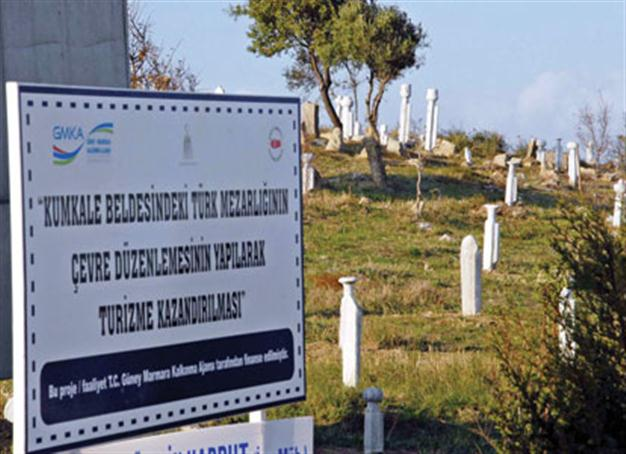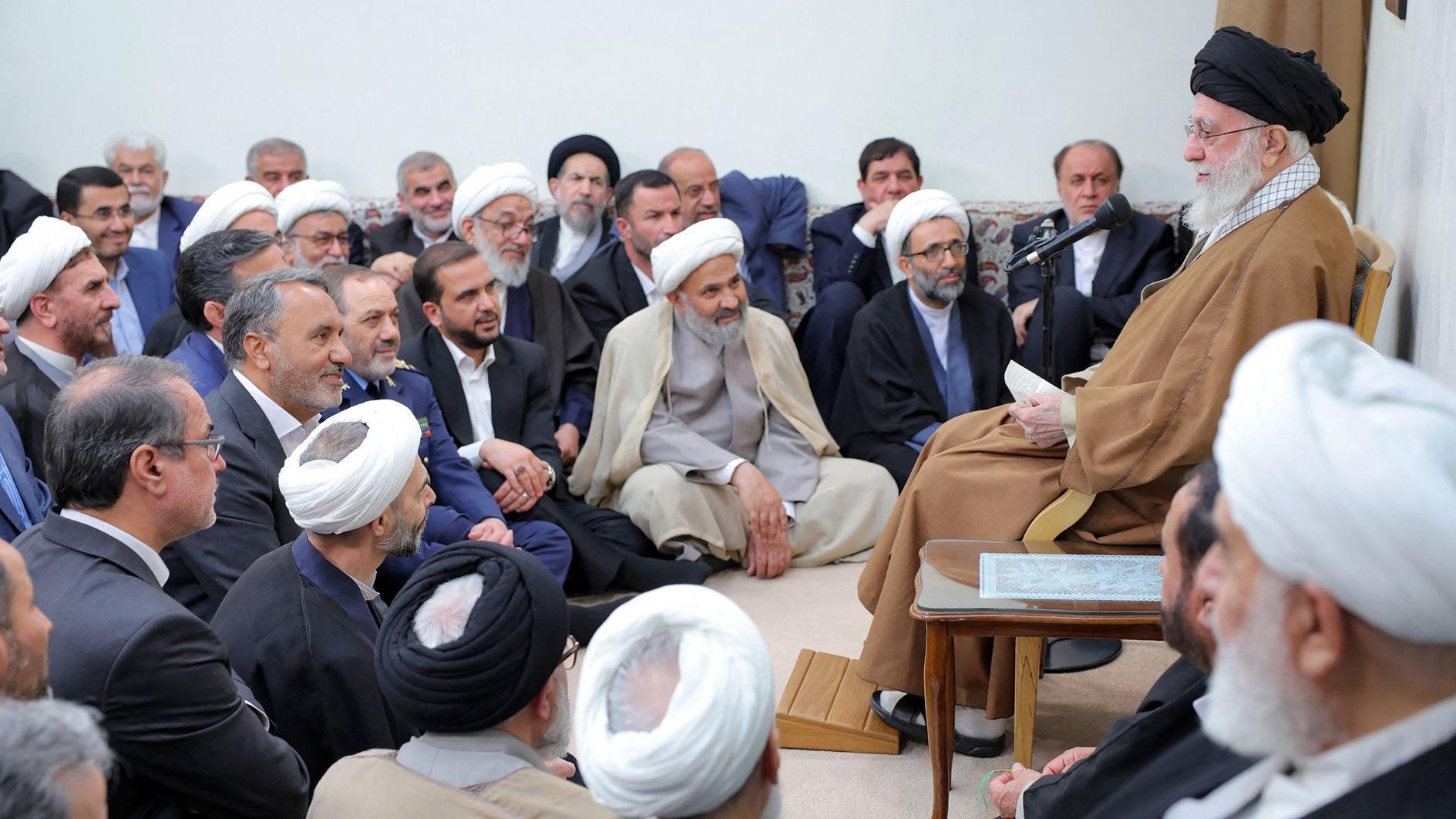Old graveyard to open to tourism
ÇANAKKALE- Anatolia News Agency

400 gravestones underground were brought to the surface during the restoration of the 400-year-old Turkish graveyard in Çanakkale’s Kumkale distric. DHA photo
A 400-year-old Turkish graveyard, which served as a barricade for Turkish soldiers during the Gallipoli Campaign in the northwestern province of Çanakkale’s Kumkale district, has been restored with the support of the South Marmara Development Agency (GMKA).
The project was initiated to revive the historic 27,000-square-meter graveyard that Ottoman soldiers used as a shelter against the French. The project was prepared by the Çanakkale Governor’s Office and supported by GMKA.
Burhan Sayılır, project manager and Çanakkale Onsekiz Mart University lecturer, said the Kumkale district, where 2,000 people had lived, was located in the coastal part of the graveyard before 1915, and locals of the district had been buried in this graveyard.
He said some of gravestones were broken during the war in 1915 and some had remained underground. Nearly 50 gravestones were on the ground when they started working.
“We have located 400 gravestones underground and brought them to the surface,” Sayılır said. “We also have cleaned them and put broken pieces back together. The graveyard will be surrounded by stone walls and wires to prevent destruction and theft. A gate will be placed at the entrance as well as a guard. This place will not be abandoned but will be open to visits of foreign and local tourists. This project is very important to show off our cultural heritage.”
Traces of war
Traces of the 1915-1916 campaign such as bullet marks are visible on most of the gravestones.
“We have made these traces more visible for visitors to know better about the battles,” Sayılır said. “They will also be able to walk inside the barricades and feel the soul of the Gallipoli Campaign. Accordingly, this graveyard, where life and death are together, will be home to our recent history. This is why it was very important to us to open this graveyard to tourism.”
Sayılır said an inventory of each gravestone would be taken to publish in a catalogue. Some of the gravestones had been damaged or destroyed by weather or thieves.
“Unfortunately, treasure hunters misinterpret the gravestones and seek treasure. The gravestones of women are more decorative; there are flowers on them. These gravestones here are not different from ones in Istanbul, because this type of stone is seen in big cities. The marble and workmanship are very good. It is a big chance for Çanakkale to have such a cultural heritage.”
















